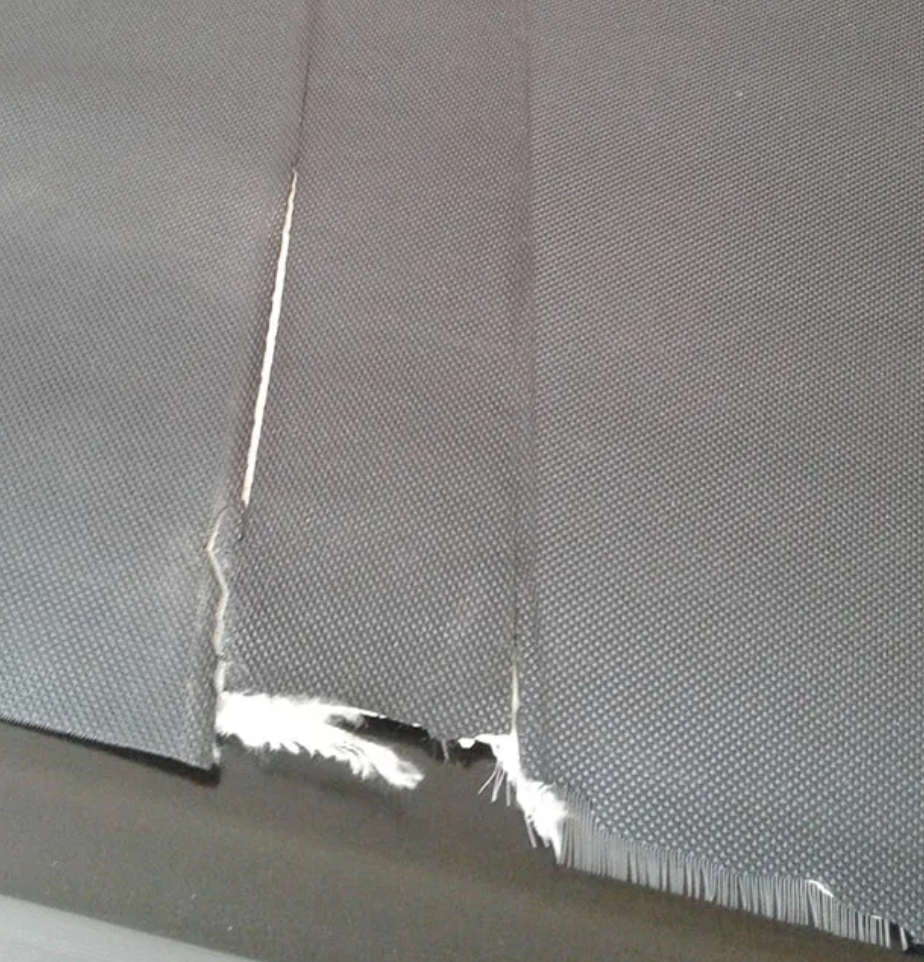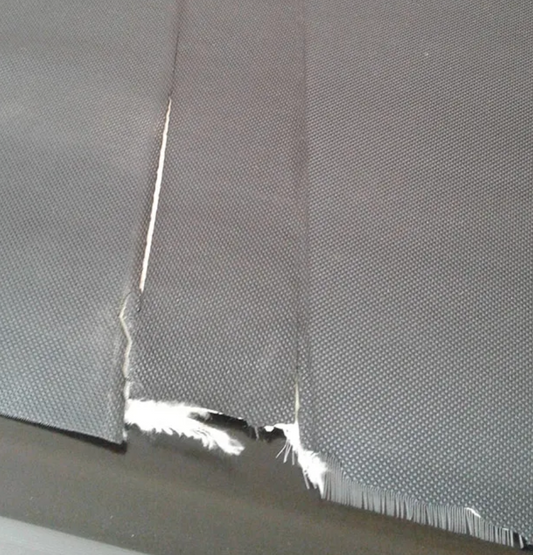
Why Worn Treadmill Belts Are A Danger
Share
Why a Worn and Stalling Treadmill Belt Is a Major Safety Concern (and How to Fix It)
When it comes to maintaining your treadmill, one of the most critical components to keep an eye on is the treadmill belt. While the treadmill belt is designed to withstand years of use, wear and tear can lead to stalling, slipping, and ultimately, a decrease in performance. More importantly, a worn or stalling treadmill belt poses a serious safety risk—both to you and to your treadmill.
If you’ve noticed that your treadmill belt is stalling, slipping, or struggling to maintain consistent motion, it’s time to take action. In this post, we’ll discuss why a worn treadmill belt can be dangerous, the risks it poses, and the best solution: ordering a custom replacement treadmill belt from TreadmillReplacementBelts.com.
1. Why a Stalling Treadmill Belt Is Dangerous
A stalling treadmill belt is a clear sign that something’s wrong with the treadmill’s movement system. Whether it's due to a stretched or worn-out belt, misalignment, or tension issues, a stalling belt can cause several problems:
Loss of Control
A stalling treadmill belt means the belt is not moving at a consistent speed. This can cause sudden stops or jerks while running or walking, creating an immediate safety hazard. If the belt stalls while you’re running, you could be thrown off balance, leading to a fall or injury. A sudden stall or slowdown can also lead to foot strain and missteps as you try to compensate for the lack of movement.
Motor Damage
When a treadmill belt stalls, the motor has to work harder to maintain the belt's movement, which can lead to overheating and excessive wear on the motor. Over time, this additional strain can significantly shorten the life of your treadmill motor, leading to expensive repairs or even complete motor failure.
Potential for Further Damage
If you continue using a treadmill with a stalling belt, other parts like the rollers, deck, and electrical components could also suffer damage. The increased friction from a worn belt can cause these components to wear out prematurely, resulting in costly repairs.
2. How a Worn Treadmill Belt Contributes to Stalling
A treadmill belt that’s stretched, frayed, or worn down will not move as efficiently as it did when it was new. Here’s how a worn treadmill belt can contribute to stalling:
-
Increased Friction: As the belt wears, it creates more friction between the rollers and the deck, causing the belt to slow down or stall.
-
Misalignment: Worn belts are more likely to shift off-center or become misaligned, leading to uneven movement and stalling.
-
Slipping: A worn belt can slip while running or walking, causing the treadmill to momentarily stop or jerk. This creates a jerky experience and increases the risk of accidents.
3. Safety Hazards of a Stalling or Worn Treadmill Belt
Using a worn or stalling treadmill belt is not only frustrating, but it’s also a safety hazard that should not be ignored. Here are some of the dangers of a worn treadmill belt:
-
Risk of Falling: If the belt stalls suddenly or starts slipping, it could cause you to lose your footing and fall, which could lead to serious injuries like sprains, fractures, or worse.
-
Muscle Strain: A stalling belt forces you to adjust your stride, leading to unnatural movements that can cause muscle strains or joint pain over time.
-
Fire Hazard: Excessive friction from a worn-out treadmill belt can increase the risk of overheating and potentially cause the motor to catch fire. While this is rare, it’s still a possibility, especially if the treadmill has been used heavily.
4. How to Fix a Worn and Stalling Treadmill Belt
If your treadmill belt is stalling or slipping, the best solution is to replace the worn belt with a new one. Here’s why replacing your treadmill belt is the safest and most effective way to restore functionality:
-
Improved Performance: A new, custom treadmill belt ensures that your treadmill runs smoothly, without the risk of stalling or slipping. This guarantees a safer, more efficient workout experience.
-
Long-Term Savings: While repairing a stalling treadmill belt can be expensive, ordering a custom replacement belt is often much more affordable. A new belt will not only restore performance but also help extend the life of your treadmill.
-
Avoiding Future Safety Risks: A new belt will eliminate the friction and misalignment caused by a worn belt, lowering the risk of accidents and injuries during use.
5. Where to Buy a Replacement Treadmill Belt
When it comes to ordering a new treadmill belt, the best place to purchase one is TreadmillReplacementBelts.com. Here’s why:
-
Custom Fit: TreadmillReplacementBelts.com offers custom treadmill belts designed specifically for your treadmill model. Whether you have a NordicTrack, ProForm, Sole, Life Fitness, or another brand, you’ll find the perfect fit.
-
High-Quality Materials: Their treadmill belts are made from durable, commercial-grade materials that are built to last, ensuring smooth operation and reduced wear over time.
-
Affordable Pricing: Replacing your worn treadmill belt through TreadmillReplacementBelts.com is often more affordable than purchasing a replacement directly from the manufacturer. You get high-quality products at a fraction of the cost.
-
Fast Delivery: Ordering from TreadmillReplacementBelts.com ensures quick shipping, so you can get your treadmill back up and running without delay.
Final Thoughts
If your treadmill belt is stalling or showing signs of wear, don’t ignore the problem—it’s a serious safety concern that can lead to accidents, injuries, and costly repairs. The best solution is to order a custom replacement treadmill belt from TreadmillReplacementBelts.com. By replacing your worn belt with a high-quality, affordable option, you’ll restore your treadmill’s performance, improve safety, and enjoy a smoother workout experience.
Order your new treadmill belt today from TreadmillReplacementBelts.com and get back to exercising with confidence!




